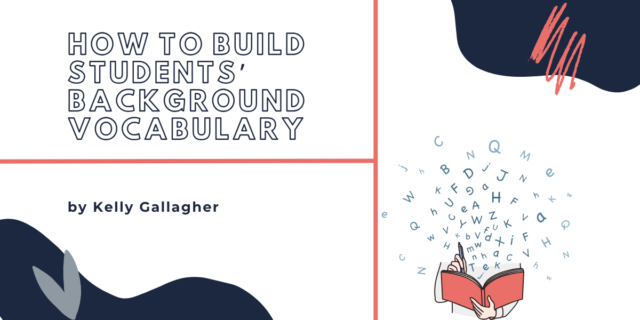
By Anna Gratz Cockerille
Those of us who had the privilege of working on of the Units of Study for Teaching Reading series for grades 3–5 can attest: no single component received more attention, discussion, and care than the Reading Pathways book. This comprehensive tool is the result of countless hours of think tanks, workshops, classroom observations, and sessions pouring over student work. Certainly, upper grade reading is one of the most difficult areas to assess.
When thinking of upper grade reading, this line from The Little Prince by Antoine de Saint-Exupéry comes to mind: "It is only with the heart that one can see rightly, what is essential is invisible to the eye." The sophisticated mind-work that students do as they read is so internal, so personal, that truly it is as if we are trying to read what is in their hearts when we try to assess reading.
Lucy Calkins puts it this way: "Reading will always be more difficult to assess than writing. While the act of writing itself always produces a product that can be held, saved, classified, reading is invisible, occurring within the black box of the mind" (p. 4).
—
But assess reading we must.
—
When we do, we often aim to understand what a child is doing by separating the act of reading into disparate skills. We can assess comprehension by asking questions about what happened. We can assess prediction by asking what will come next. We can assess inference by asking about characters’ traits and motivations. Each disparate skill is important, but none alone really represents what a student is doing as a reader. As such, it is crucial that a reading assessment system be just that, a system, a way of naming and analyzing all of the different skills students are drawing upon simultaneously as they read.
Further, many reading assessments are designed in a “can or can’t” kind of way, and thus do nothing to provide information about the multitudes of gradations of proficiency that exist along the scale from “can’t" to “can”. Here is the beauty of the assessments in Reading Pathways. Through carefully crafted, specific, incredibly detailed descriptions of each level, the learning progressions not only provide a way for teachers to pinpoint exactly where a student lies on a trajectory of skill, they also provide clear instructional next steps the teacher can take to move the student further.
So what is included in Reading Pathways?
Reading Pathways contains:
- Tools for collecting data on reading volume and reading habits
- A simple, streamlined system for conducting running records
- Learning progressions in reading both narrative and informational texts.
(from pages 5–6)
Another beautiful feature of Reading Pathways is the way in which it is customizable for classrooms and individual students. You have only to search the TCRWP Reading Units of Study Facebook group for the team “progressions” and you’ll find a wealth of photos of teachers’ charts and student work based on the learning progressions in the book.
A book this weighty, this rich, is best studied alongside colleagues whose goal is to get the most out of this resource. To this aim, tomorrow night’s Twitter chat is focused on a study of Reading Pathways. Join Alicia Luick and the TCRWP community to chat about this resource. If you have images of charts or tools that were inspired by Reading Pathways, please get them ready to share! We hope to see you there.
♦ ♦ ♦ ♦
Anna Cockerille is a staff developer, literacy coach, and writer based in New York City. She has taught in K–8 classrooms all over the world in places such as Sydney, Australia; San Pedro Sula, Honduras; and Auckland, New Zealand. Anna has been a staff developer for the Teachers College Reading and Writing Project at Columbia University (TCRWP) and an adjunct instructor for the Literacy Specialist Program at Teachers College. She writes at Two Writing Teachers.


